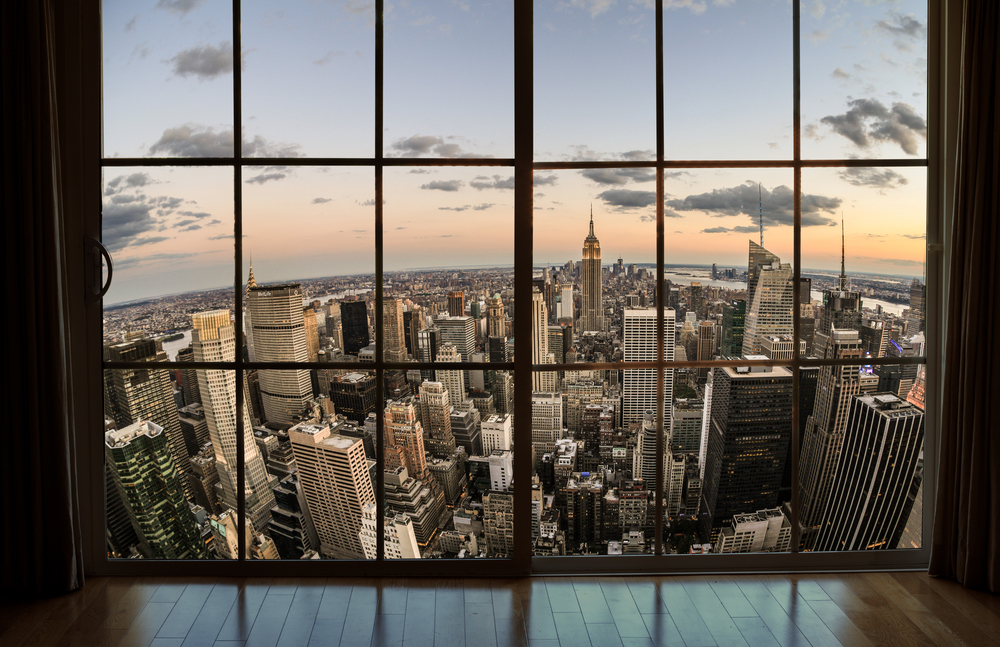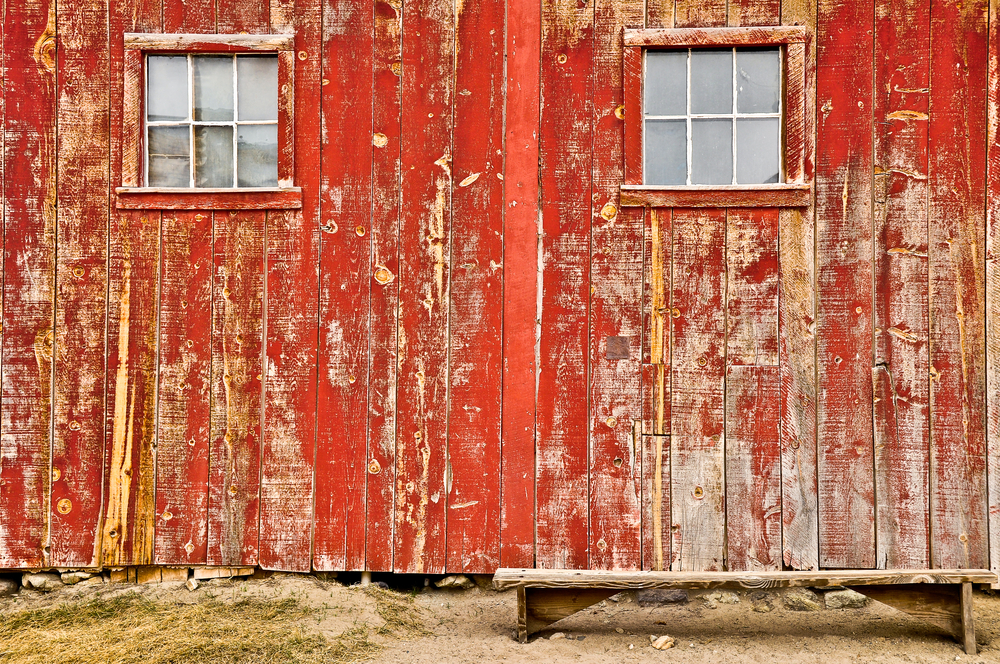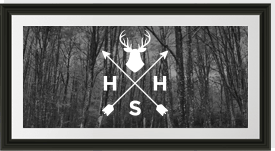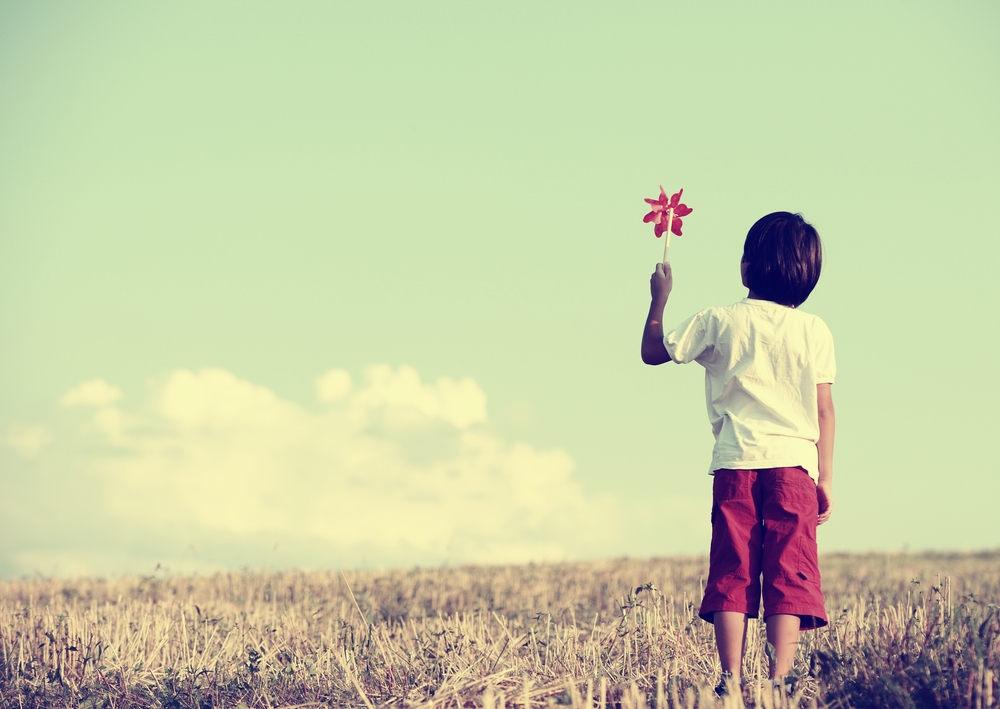14 Composition Tips Every Photographer Should Know
Composing a photo from the outsiders point of view can seem extremely simple; see a great view, raise your camera and take the shot. However particularly when photographing inanimate objects or when suffering photographers block taking a great photo just requires a little more thought.
Consider this, think of your favourite image, what draws you to it? If it was one of many photos on the wall, would you still be drawn to that one image? Given the same setting could you get the same photo?
Often it doesn’t come down to a great camera, but a great photographer.
Here are some things you should consider in composing a standout photograph:
1. The Rule of Thirds
One of the most known ‘rule’ for photography is the rule of thirds. The principle of this being that you imagine your photo is divided into thirds both horizontally and vertically.The subject of your photo you should aim to lie along one of the third lines either horizontally or vertically.
Take the image below, the young boy lies vertically in the right hand third of the image.
2. Balance Out
Following the rule of thirds means you will have space in the other two thirds of your image. If it is completely blank sometimes it is good to look to fill this space with a lesser object in the background to balance the image.
3. Use Natural Lines (C and S)
We often do not notice the natural lines that feature in landscapes. Whether they be an ‘S’ shape bending road or a ‘C’ shaped coastline, think about using these line to draw your viewer further into the image.
4. Horizontal Lines
Similarly horizontal lines in the form of horizons are often features of landscape images. Where a horizontal line features in your picture, try and decentralize it either above or below the central line on your lens.
5. Frame Images
Look to frame your subject before the photo is even taken. Line your camera up to include trees, post, doors walls, anything which helps to frame your subject within the shot through your lens.
In the photo below the photographer has used the window panes to frame sections of the New York City landscape.

6. Consider the Weather
When looking to shoot outside consider the weather. If you want vibrant colours, look to shoot when the sun is at its fullest. If you are planning on photographing trees or flowers consider the strength of the wind and weather your subject moving will be a problem.
7. Colour Composition
Many photographers carry around a colour wheel, this is to consider which colours work great contrasting against one another and which will blend well together. Using colour you can seek to both attract and detract from your subject.
8. Background Features
Always consider what is behind your subject; when shooting a model ensure there aren’t trees or bushes behind them which look like they are coming out of their heads. Your background shouldn’t detract from the subject.
9. Consider Texture/Patterns
Photos containing texture and patterns automatically give the viewer something to attract them. Whether it be contrasting patterns against one another or zooming in on texture, think about how you can use these features in your photography.
Take the image below, the photographer has taken advantage of both the patterns found in honeycomb whilst also capturing the depth and texture of the cells.

10. Go Up/Go Down- Height and Angle
Consider from which angle you are going to photograph your subject, often things will appear more effective when the camera is not looking straight on at it. Consider getting lower to the ground directing upwards and vice versa, taking the shot from diagonals.
11. The Viewers Journey.
Where are you trying to draw the viewer’s eye? Is it to the central point of the photo, or to an object? Use lines that appear in your image to direct where you want the viewers attention to be lead (leading lines).
12. Repetition/Symmetry
Something we rarely notice in life are repeating shapes, reflections and shadows that occur. Repeating shapes much like patterns and textures are interesting in themselves however it is how you capture them that is important. Consider breaking up an images of symmetry to add a twist to the story, or photographing repetitions at an angle to add a whole new dimension to the image. In the photo below the photographer has captured the symmetry of the windows and panels, however this is naturally broken up by the differences in weathering and also the inclusion of a bench in the right hand side of the image.

13. Layering- Front Middle and Back
Layer your photo to create depth. As photos are two dimensional, look to recreate the depth that you experienced at the time through overlapping. Have your main subject at the front and then layer two further subjects at the middle point of the image and also at the back.
14. Bright Spots
Peoples eyes are drawn to brightness, make the subject stand out by putting it in a brighter spot than the surroundings.
Don’t forget to take advantage of each opportunity, if the weather is right, position is right, subject is right, just shoot. Experiment and take loads of shots as you don’t know which one will have ‘that thing’.
Want a chance to try out these tips? Why not enter our monthly Photography Competition on our Facebook Page










